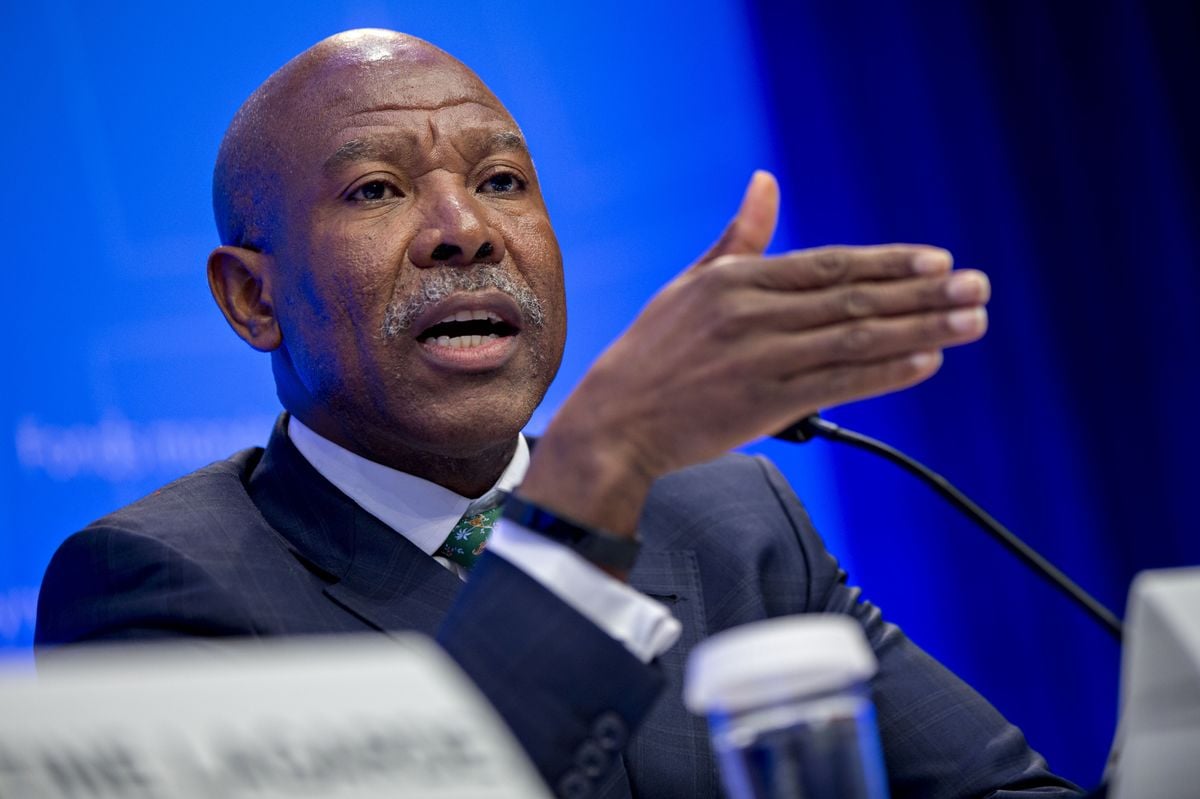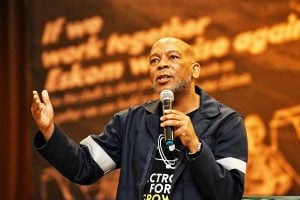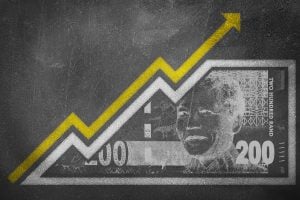Interest rate expectations are shifting – as big risks linger

The “higher for longer” narrative has been the dominating mantra of global markets. However, the recent decision by the US Fed to hold on rates may have gone a long way in easing these tensions.
According to Investec chief economist Annabel Bishop, there has been some data coming out of the US that’s indicated that the tightness of credit conditions of financial market conditions has had some impact on borrowings on consumers and tightening in lending.
“All that points to the fact that higher interest rates in the US have done their work. They’ve had a suppressing effect on consumer demand. In turn, that is expected to continue to have a suppressing effect on inflation.”
Bishop said that there is now an emerging sense that things could improve from here on out, and it’s actually quickened the interest rate cut trajectory that’s being projected by financial markets for next year.
“The expectations, or if you will, the implied Fed funds future rate, that’s really saying that US interest rates could happen quicker than was previously anticipated next year – instead of being in the second half of the year, coming through in the second quarter,” she said.
Impact on South Africa
This, in turn, is having a more positive effect – at least in terms of sentiment – in global markets, including South Africa, where the Reserve Bank has also held rates in the past two meetings (albeit with a narrow vote in September).
Locally, the South African Reserve Bank is characterised by hawkishness, Bishop said.
This makes it unlikely that the bank will cut rates out of turn – so there is slim chance that interest rates will be cut in the November meeting of the Monetary Policy Committee (MPC) or even in the early part of 2024, the economist said.
RMB chief economist Isaah Mhlanga noted this week that South Africa is only likely to see its first interest rate cut in July 2024 – which has been the wide expectation from other economists as well.
“They (the MPC) are worried about inflation, and particularly the anchoring of inflation expectations. I think that interest rates will be left on hold (in November),” Bishop said.
While some analysts and economists are of the view that another rate hike is on the cards, Bishop said that a hold is the more likely outcome.
Risks still abound
Bishop stressed that even though the US Fed’s moves have boosted global sentiment on rates, many risks persist and there is still room for shocks.
“We haven’t seen an end to the Israeli-Hamas war. We don’t think that’s going to be something that happens quickly. Of course, as well, the Russia-Ukraine was also continuing. So, all of these factors haven’t gone away,” she said.
Locally, hikes to fuel prices in October are likely to filter through to the inflation figures – to be published ahead of the November MPC – which are expected to be around the similar levels seen in September (elevated, at 5.4%).
However, the average inflation for the year is expected to be lower at 5.0%, still within the target range of the SARB.
What could bring more uncertainty, however, is the early resignation of SARB deputy governor Kuben Naidoo, which will bring the MPC down to four members, increasing the likelihood of a deadlock.
The last MPC vote was split 2-3, with the doves taking it and resulting in a hold.
In a 2-2 split scenario when there are only four members, SARB Governor Lesetja Kganyago would cast the deciding vote.
Kganyago is widely seen as a hawk (keenly focused on keeping inflation low) compared to Naidoo’s dove (which tends to support low interest rates and an expansionary monetary policy), meaning the panel could swing to a hike if that’s where the committee is leaning.
Read: Inflation relief on the cards for South Africa – but it won’t be a smooth ride




















